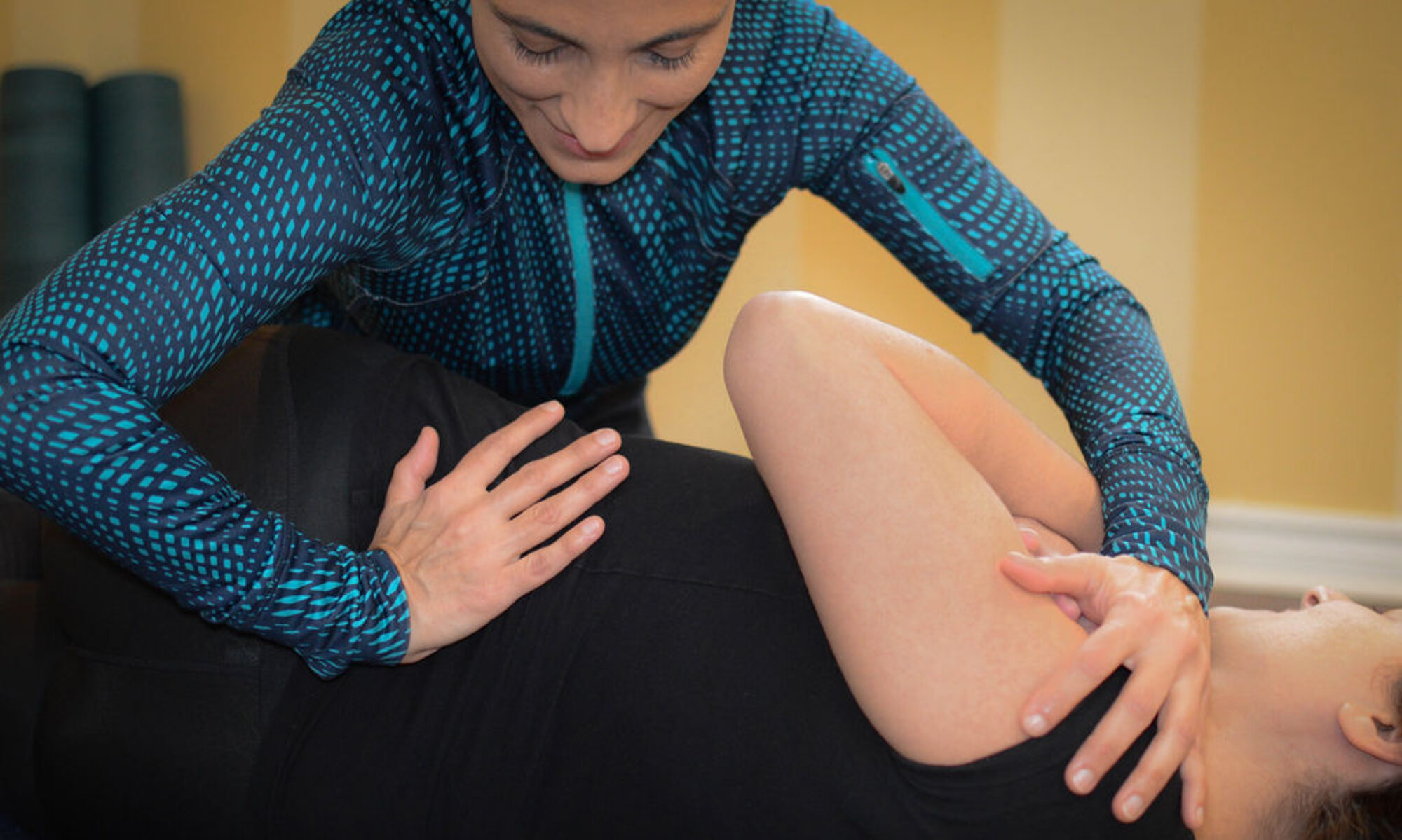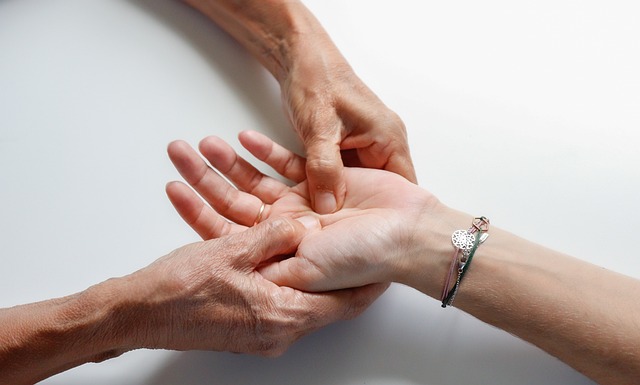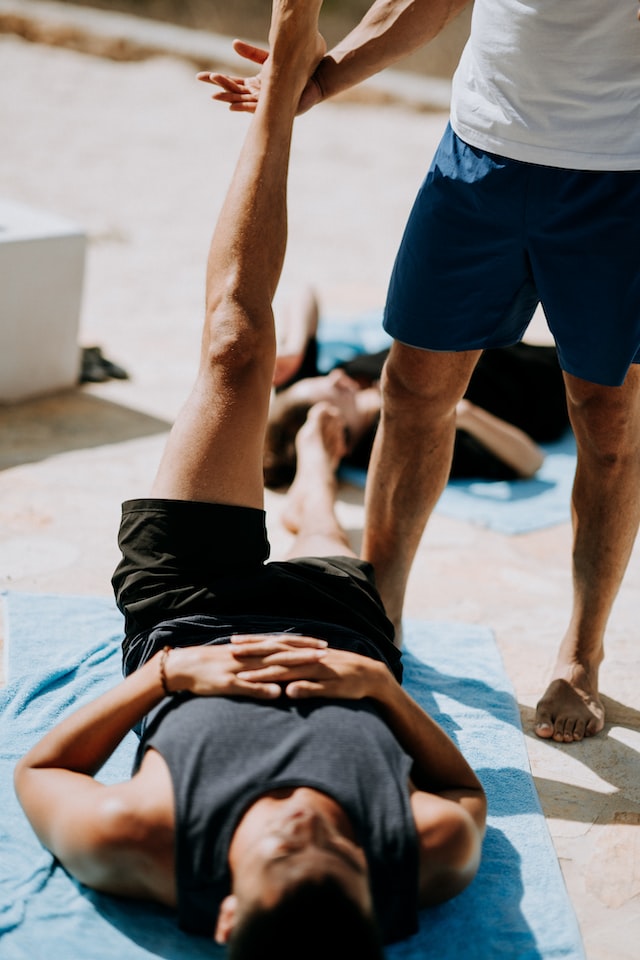In my osteopathy practice, one of the most common ailments people come to see me for is wrist pain. When a person suffers from wrist pain, they assume it is carpal tunnel syndrome. Regardless of how you are experiencing the pain, the root of the pain could be anywhere else in the body but the wrists. Did you know that?
Let’s get to know a bit more about wrist pain and causes!
The hands and wrists are extremities of the body that are permanently working throughout the day. They are a complex network of 19 bones, 17 joints and 10 muscles that work together daily.

Types of wrist pain
Wrist and elbow pain: This pain is usually associated with a poorly executed movement or excessive weight lifting for one arm, which causes the pain to manifest in the elbow and wrist at the same time.
Wrist and finger pain: wrist pain can be diverse. If it is continuous, it can be related to a joint disease, but it can also be caused by the continuous use of some element such as cell phones, keyboards, or mice.
Wrist pain without inflammation: wrist pain without inflammation is usually delicate and is generally related to straining the tendons due to weight overload or bad movements:
Wrist pain from a blow: wrist pain from a blow is usually accompanied by inflammation, it is a continuous pain that usually improves with days and the application of anti-inflammatories.
Wrist pain when supporting the hand: pain in the wrist when bending or supporting it is related to some condition or inflammation in the joint. It can be caused by sudden movements, blows or arthritis.
Common causes of wrist pain
Find out what are the most common injuries that can occur in the wrists and what you can do to prevent it.
Carpal tunnel syndrome
This syndrome occurs when the median nerve (the one that allows the movements of the entire hand) is compressed in the wrist due to inflammation.
It is characterised by pain, numbness, and tingling in the palm of the hand, wrist joint, and fingers. This kind of inflammation can occur for various reasons:
Computer keyboard work /mouse for long hours.
Any forced and continuous movement that the wrist makes (lifting heavy objects),
Repetitive movements while enjoying hobbies such as; sewing, painting or writing for a long time in one position.
Premenstrual syndrome.
Overweight. I will explain to you why? during the treatment.
Some points to take into consideration when dealing with carpal tunnel syndrome:
Change your work habits. Implement productive breaks throughout your working days
Application of hot and cold compresses to the swollen wrist.
Review of habits that reduce wrist tension: improve the position of the computer keyboard, avoid excessive use of cell phones, avoid sleeping on the wrists.
Pay particular attention to the micro movements you are using your wrists for after work. For example: Do you sew or are you working on a building project at home after spending all day using a mouse in front of the computer?
Opt for taking a break for a few days from a hobby or project that requires repetitive more that stresses your wrists or alternatively use a machine that will do it for you.
Tendinitis
Wrist tendinitis occurs when there is inflammation in the tendons due to a bad movement or, in general, weight overload. The swelling is located below the base of the thumb and does not allow squeezing or force with the hands.
When the tendons of the wrist are injured, the treatment usually consists of immobilisation of the hand and subsequent rehabilitation therapy to recover the strength and tone of the tendons.
Arthritis
There are various types of arthritis that are also very common causes of wrist pain. Depending on many factors the pain can present itself in both wrists, or accompanied with fever. For more severe cases, it should be treated with a multidisciplinary team for more effectiveness and faster relief.
Some simple habits to relieve and manage these two conditions:
I particularly tape the wrist to give a chance for the inflammation to diminish.
Temporary immobilisation with a brace
Implementing a daily routine where you apply hot and cold Compresses to the affected area.
Symptoms of wrist and finger pain can be significantly reduced by introducing some lifestyle habits changes.
Important Lifestyle changes to relief , manage and or alleviate wrist pain
Water intake is highly recommended.
Re-evaluate the usage of mice and other electronic devices. Ask yourself if you are using them longer than you should?
Incorporate productive breaks from the desk during your working day!! I can show you how!!
Sleep between 8 to 10 hours. Sleeping helps you recover faster.
Therapeutic exercises having in mind the root of the wrist pain offer a more permanent solution to the wrist pain. I always recommend this one!
Stress on the affected joints should be avoided. Such as certain positions or repetitive movements.
Osteopathy to treat wrist pain
One of the most effective therapies to treat the conditions that we saw below is osteopathy. Osteopathic therapy will seek to adjust the structural imbalance that a person may suffer in the hand, elbow or shoulder so that whatever the affected area, it performs its function correctly again.
An osteopathic treatment is always the best option, as long as the wrist injuries that have been caused by fractures or tears are completely healed.
In an osteopathy session the following steps will be carried out:
Osteopathic tests : The manual osteopath will do a complete analysis of the entire muscular system of the forearm to determine the level of injury or limitation.
Osteopathic general treatment: the therapist will relax the muscles and any blockages found, followed by stretching of the muscles.
Mobilizations and manipulations: the osteopath will carry out specific manipulations in the corresponding alterations, achieving that they recover adequate mobility.
Therapeutic Exercise plan: is required to avoid future injuries and or pain.
Book your osteopathy appointment here !




